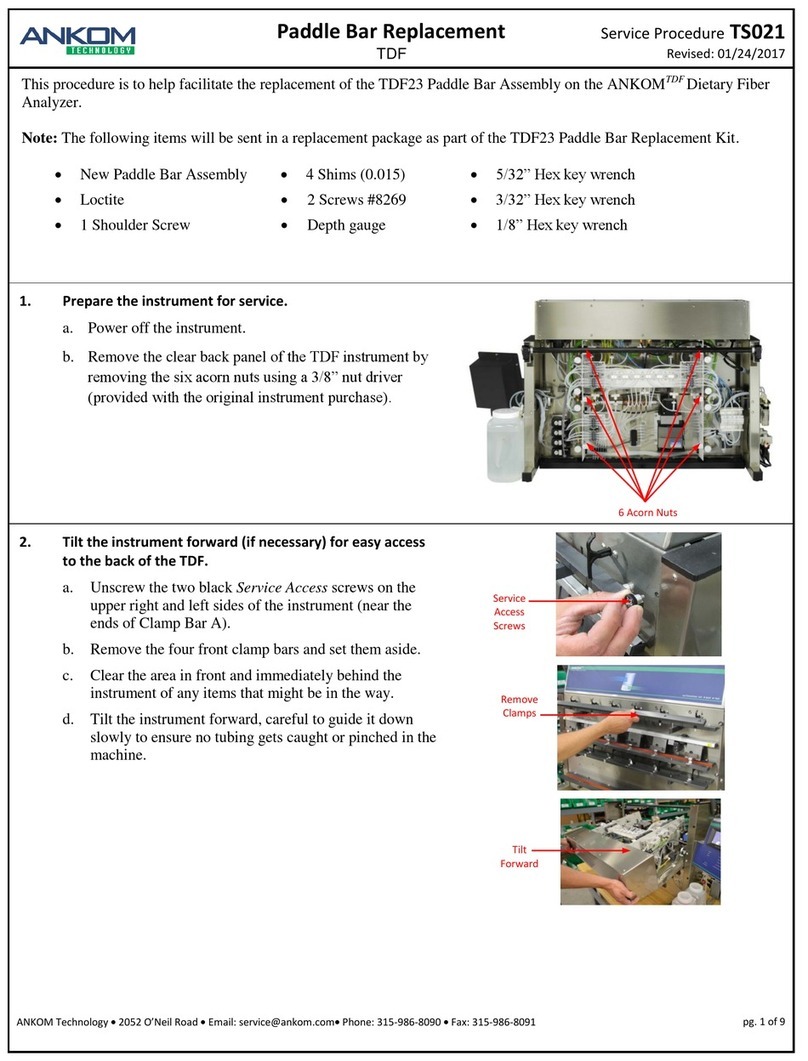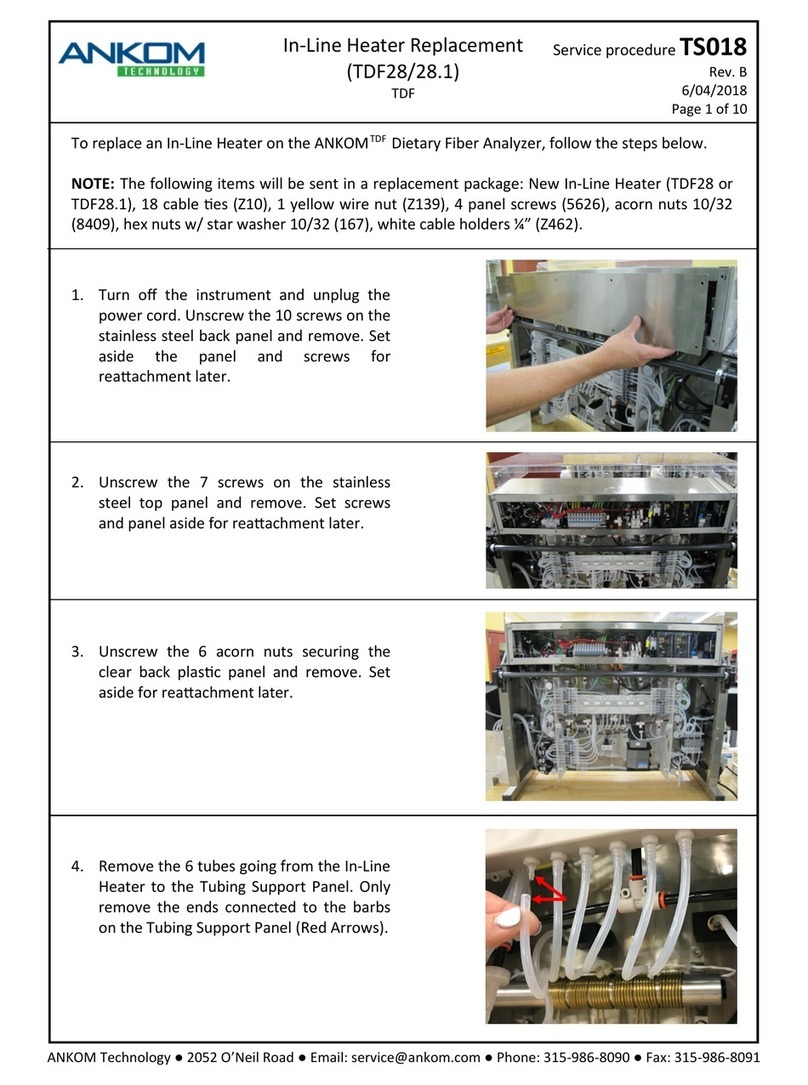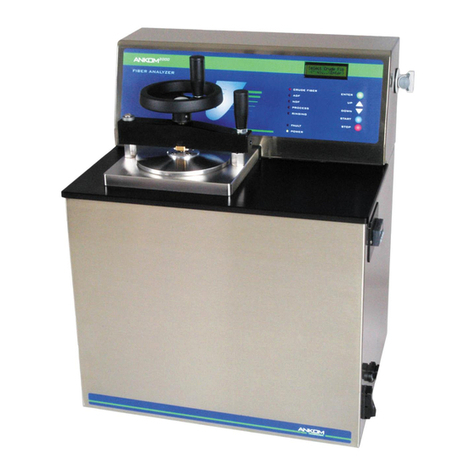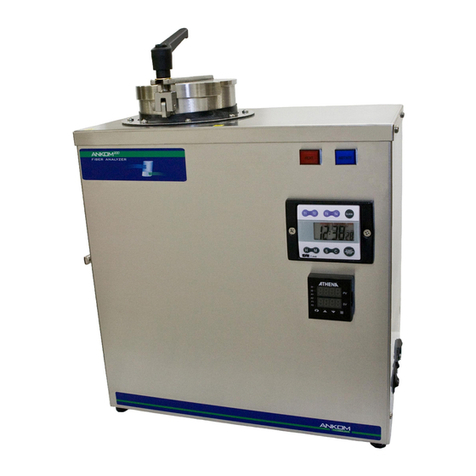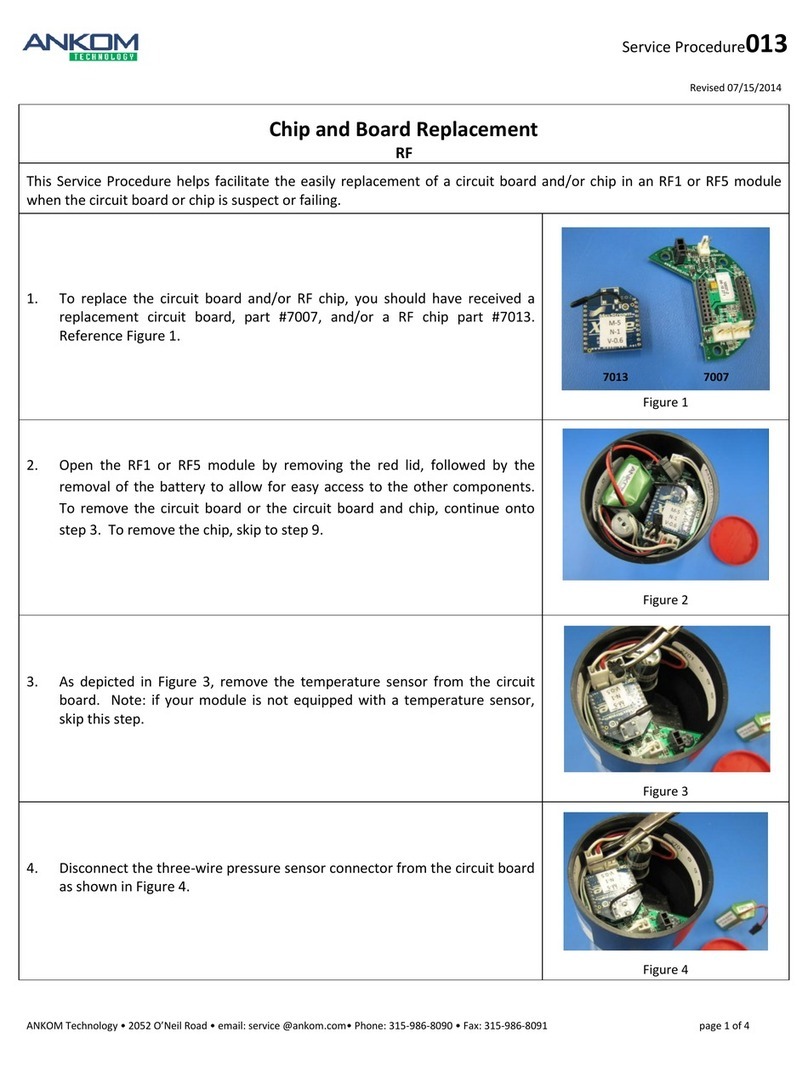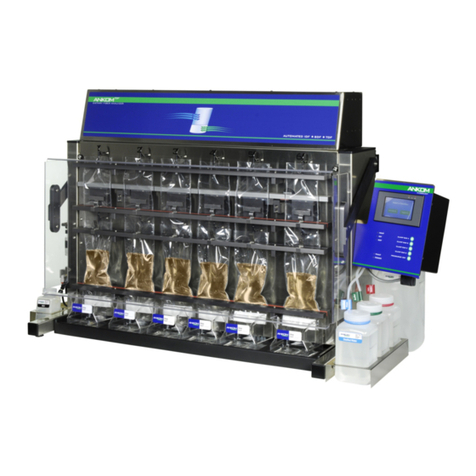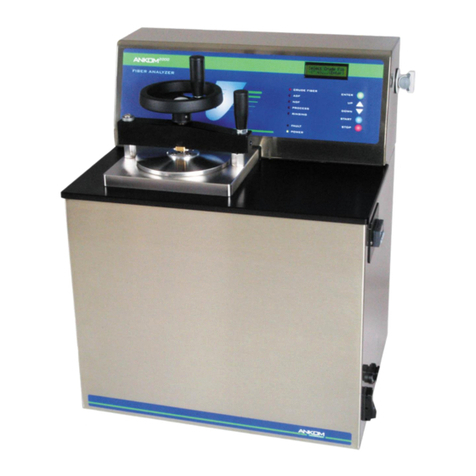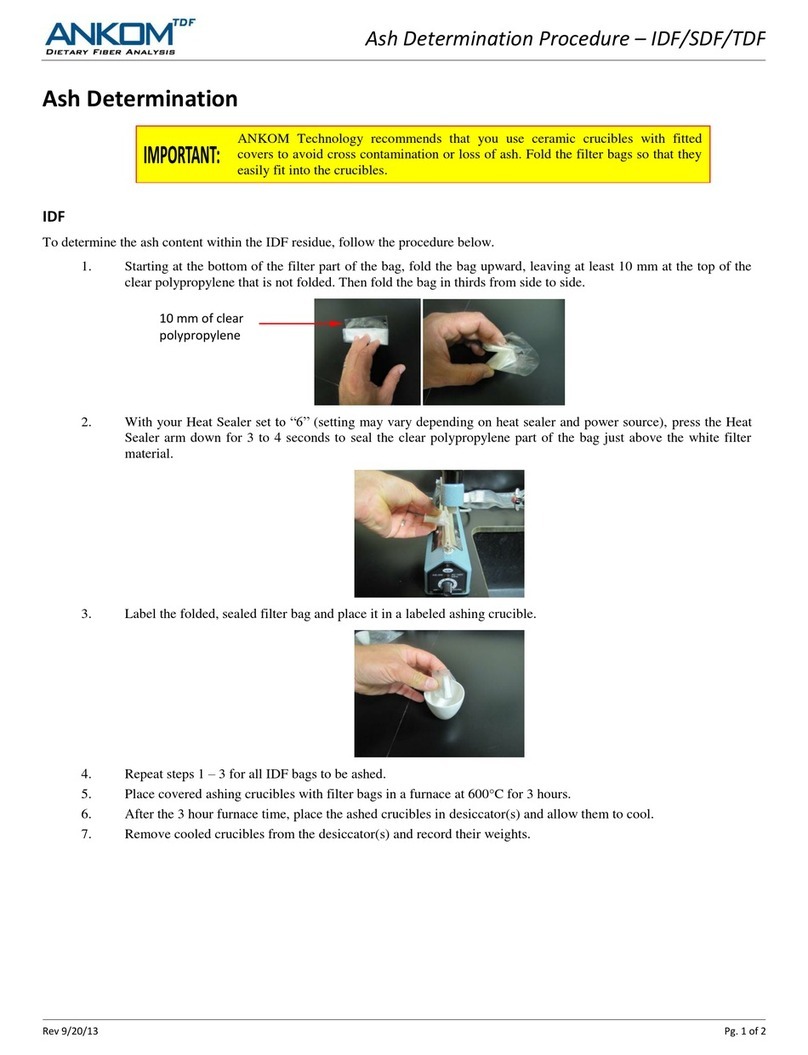Table of Contents
Table of Contents...................................................................................................................................................5
1. Introduction ..................................................................................................................................................7
2. Warranty .......................................................................................................................................................7
3. Contact Information......................................................................................................................................7
4. Instrument Description.................................................................................................................................8
5. Safety Precautions.........................................................................................................................................9
6. Instrument Installation................................................................................................................................10
Site Requirements and Operating Environment.............................................................................10
Unpack and place the instrument where it will be used................................................................10
Unpack the attachments and accessories. .....................................................................................10
Wipe down components.................................................................................................................12
Make Connections ..........................................................................................................................12
Power On ........................................................................................................................................14
Setting Nitrogen Pressures .............................................................................................................15
Setting Nitrogen Flow Rate.............................................................................................................18
Prime Reservoir and Pump Lines ....................................................................................................19
7. HMI Navigation ...........................................................................................................................................24
Home Screen...................................................................................................................................24
Methods..........................................................................................................................................25
Diagnostics......................................................................................................................................26
Records and Updates......................................................................................................................28
Training and Maintenance..............................................................................................................29
ANKOM Products ............................................................................................................................29
Who we are.....................................................................................................................................29
8. Starting an Assay.........................................................................................................................................30
Confirm Nitrogen Pressure .............................................................................................................30
Fill the Solution Reservoir Bottles...................................................................................................30
Assemble Digestion Vessels............................................................................................................31
Load Method...................................................................................................................................32
Weigh Sample.................................................................................................................................33
Install Digestion Vessels..................................................................................................................34
Add Internal Standard.....................................................................................................................34
Manually Close Digestion Oven Door .............................................................................................35
Install SPE Columns.........................................................................................................................35
Install Round Bottom Flasks............................................................................................................36















